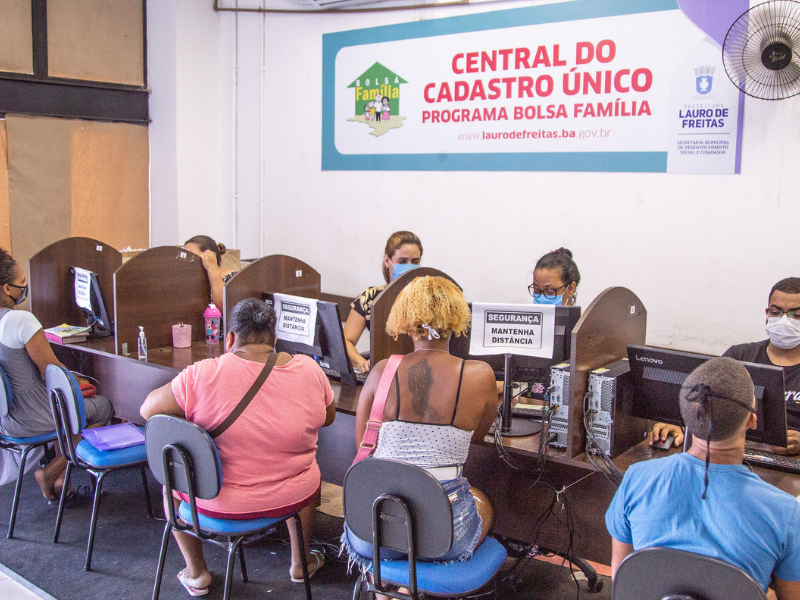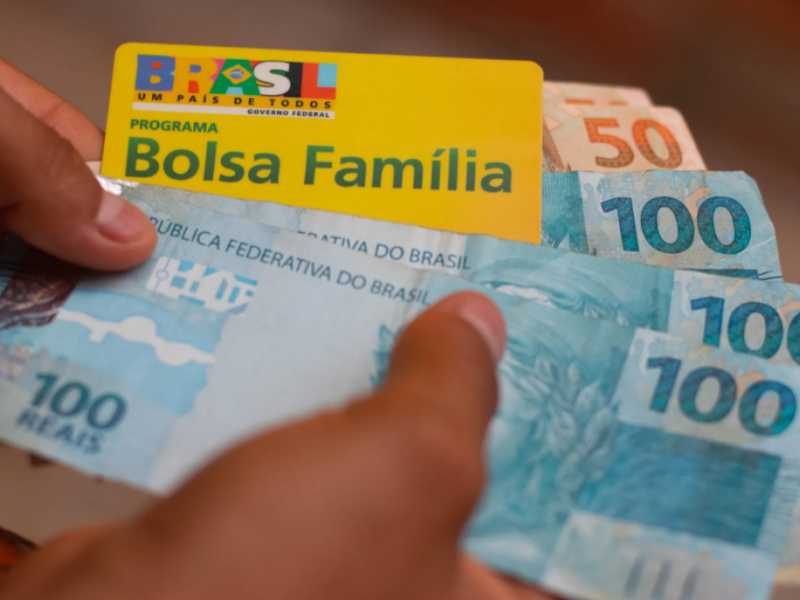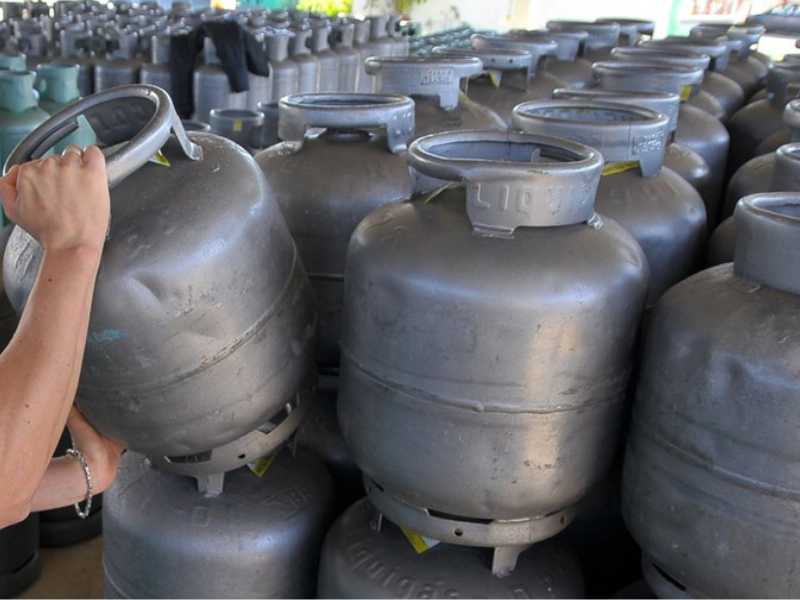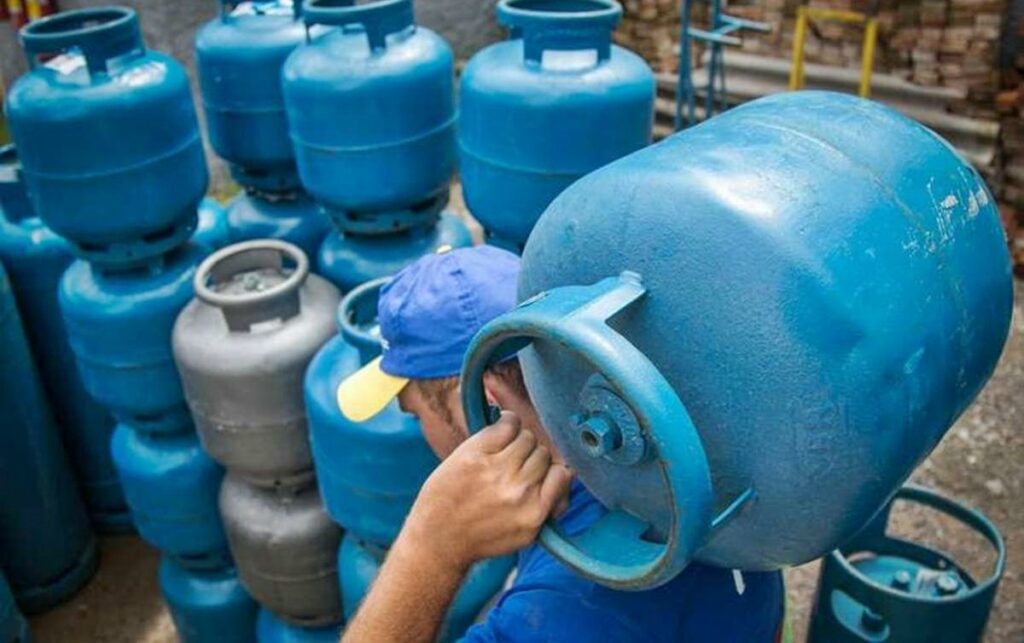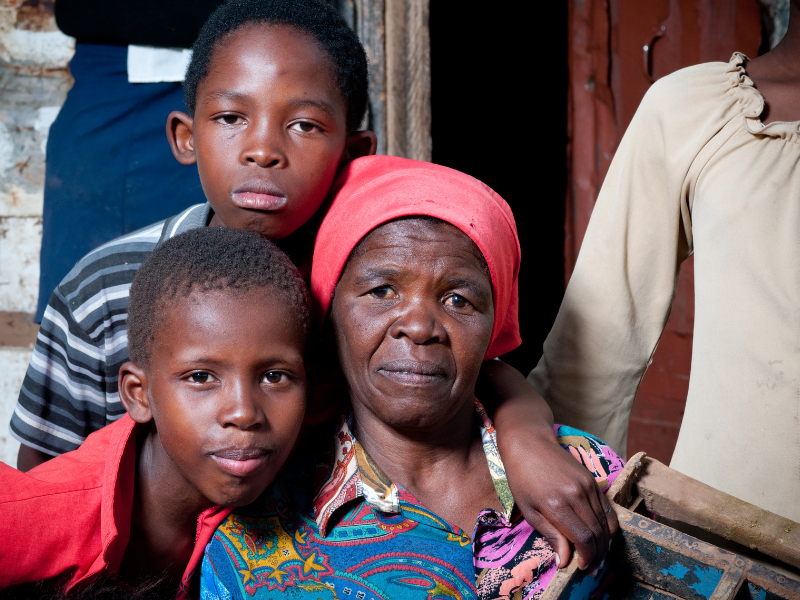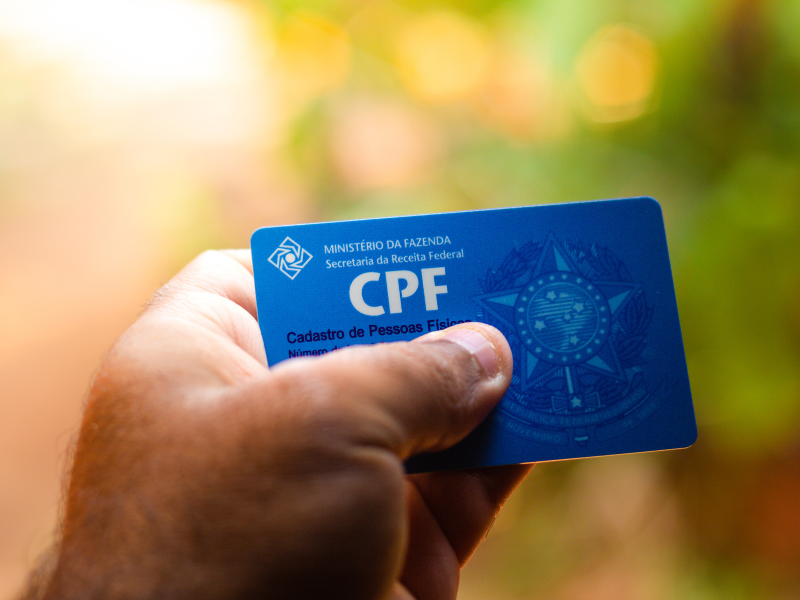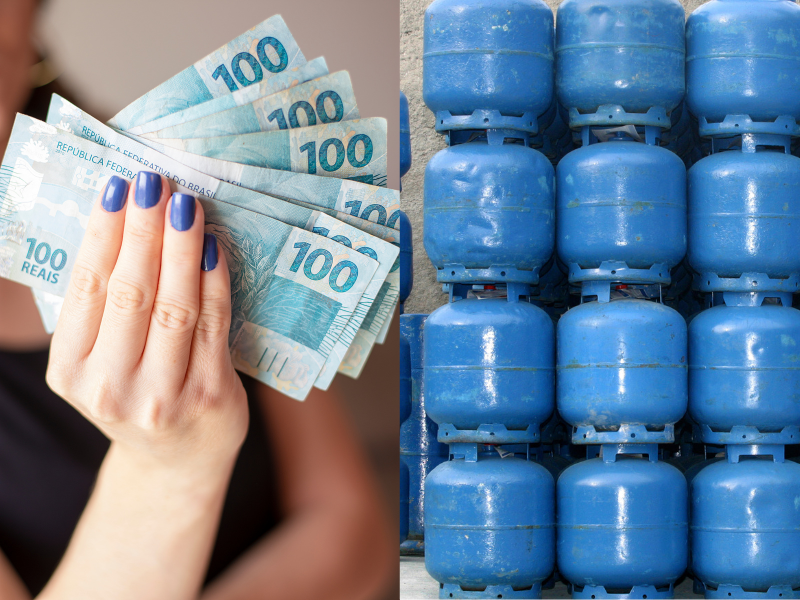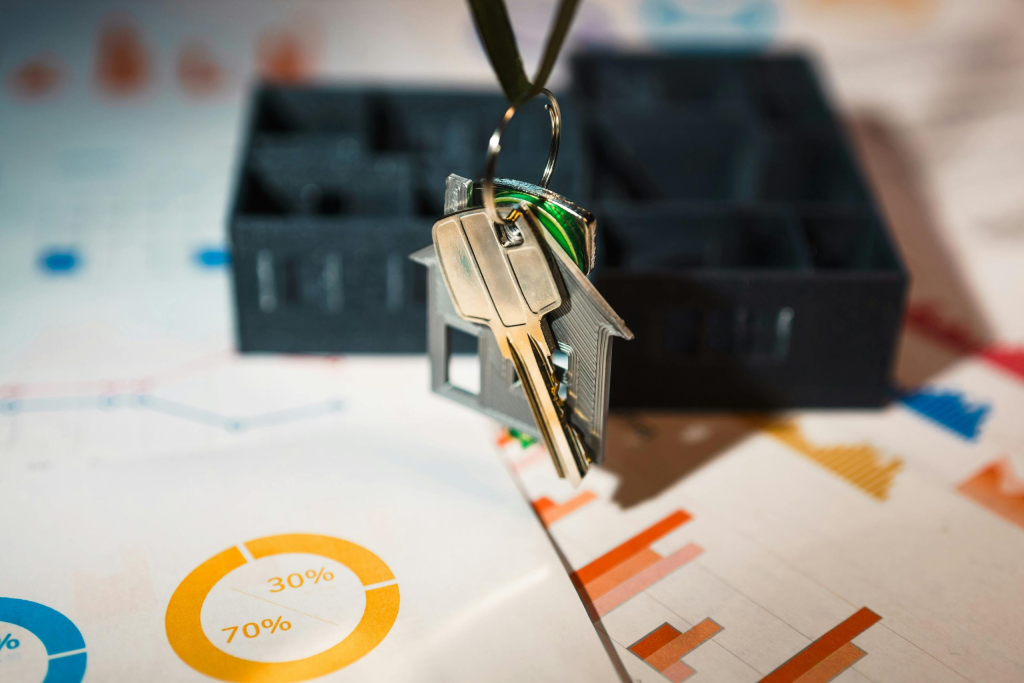Advertisements
Desenrola Brasil: Beginning and Rules
Launched exactly one month ago, on July 17, “Desenrola Brasil”, a program proposed by President Lula (PT), has already come into effect. Initially, debtors began negotiations with banks and financial institutions. It is estimated that 5 million Brazilians – with debts up to R$1,400 – have managed to regularize their records.
For Desenrola Brasil beneficiaries, the initial focus is on those with a maximum monthly income of R$20,000 and bank debts registered up to December 31, 2022. In September, in the next phase, stores and merchants will be the focus of renegotiations.
Economic Context and Program Objectives
Read also: Desenrola Brasil: Renegotiations of Early Debts by Grand Stores
Advertisements
“Family debt is a consequence of a peculiar scenario, such as the pandemic, and inflationary tensions resulting from international crises, leading to economic stagnation,” argues Marco Antonio Rocha, professor at the Institute of Economics at Unicamp.
“The growth of the national GDP in the short term is intrinsically linked to household consumption. Therefore, in order to have an economic recovery, it is crucial to reestablish people’s purchasing power,” explains the professor. “The intention of the program is not limited to renegotiating debts, but it is crucial to increase wages and create jobs. After all, the idea is that, after renegotiating, families will have financial sustainability and will not fall into debt again. To achieve this, economic growth is essential,” he concludes.
Advertisements
First Month Results and Outlook
Read also: Learn all about Amounts Receivable
In the first 30 days, participating banks renegotiated debts totaling R$8.1 billion, as announced by the Brazilian Federation of Banks (Febraban) on the 16th. This period resulted in the renegotiation of 1.296 million contracts, benefiting approximately 985 thousand customers.
The institutions, in turn, promoted the regularization of records of individuals in debt of up to R$100. According to Febraban, around 5 million records were corrected during this period. Even though they were still in debt, these citizens had their names removed from negative records, facilitating future payment.





